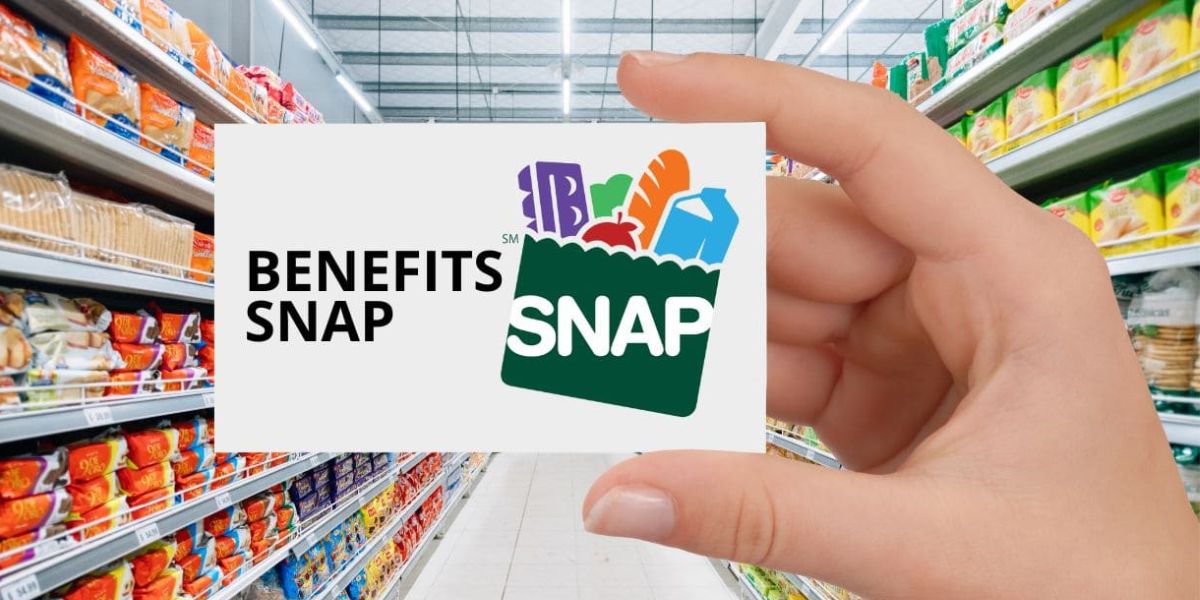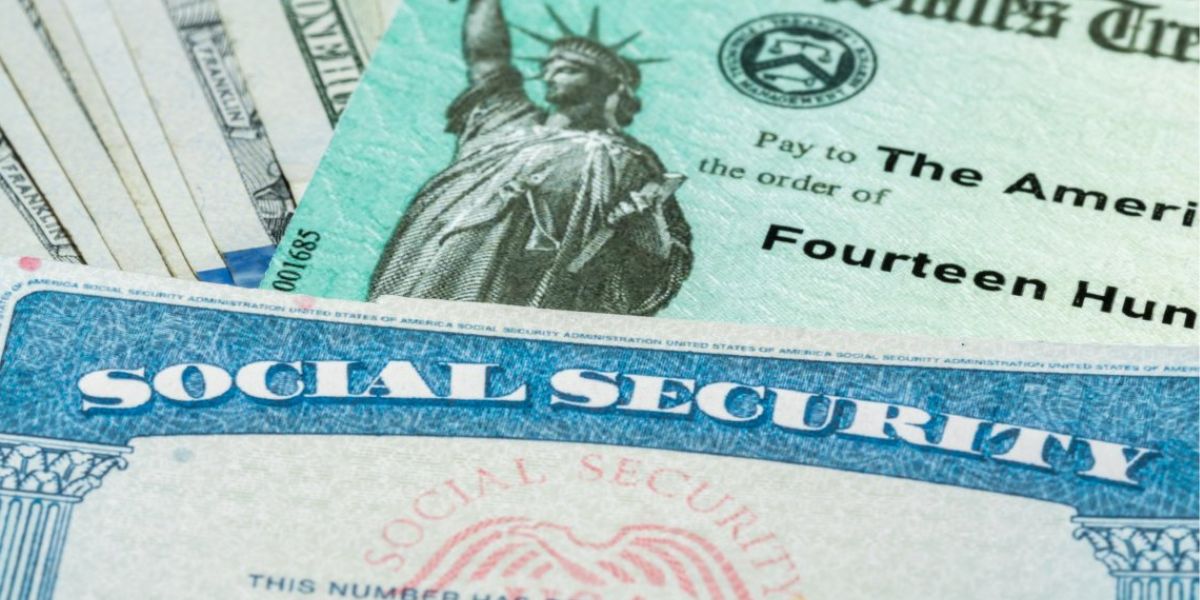For millions of low-income Americans, the Supplemental Nutrition Assistance Program (SNAP), formerly known as Food Stamps, is a vital support system.
Over 42 million people in the US depend on this program to help them achieve their monthly dietary needs. Florida is not an exception, as its citizens benefit from this vital aid program that helps guarantee access to nutritious food for low-income families.
Under the direction of the US Department of Agriculture (USDA), the Department of Children and Families (DCF) is responsible for administering SNAP benefits in Florida.
Although each state is in charge of allocating benefits to its citizens, the USDA, through its Food and Nutrition Service (FNS), regulates the program’s general framework and eligibility requirements.
In order to help eligible people in Florida buy food and keep a healthy diet, the DCF makes sure they receive assistance all year round.
An Electronic Benefits Transfer (EBT) card, which functions similarly to a debit or credit card, is given to eligible beneficiaries in Florida. Each month, money from their SNAP payments is deposited onto the card, which the recipient can use to buy a variety of wholesome meals.
Proteins, cereals, fruits, vegetables, and other foods that promote a balanced, well-rounded diet are among them.
Because it helps avoid malnutrition and related health risks that emerge from bad food habits, this aid is especially important for families that are struggling financially.
SNAP funds can only be used for certain purchases, though. Alcohol, tobacco, hot or cooked foods, and non-food items including household goods and gasoline cannot be purchased with the money.
This restriction guarantees that the aid is utilized exclusively for the purpose of buying groceries that will meet the recipients’ nutritional requirements.
People who abuse their benefits or break these rules risk penalties, such as having their SNAP benefits suspended or revoked.
SNAP payments in Florida are paid to recipients on a monthly basis, with dates ranging from the first to the 28th of each month. The recipient’s Florida case number’s eighth and ninth digits—but not the tenth—are used to calculate these dates.
By spreading out payments over the course of the month, this technique makes sure that the distribution process runs smoothly and effectively.
In order to ensure that everyone who qualifies gets the help they require in a timely manner, the timetable is meticulously created to accommodate all beneficiaries and avoid any system overload.
This is the timeline that qualified recipients in Florida can anticipate receiving their SNAP benefits in February 2025. The case number determines the precise date, but the system is set up to guarantee that all payments are handled promptly and equitably.
Tax Season 2025: These are the Important Changes to Consider Before Filing
The monthly handout is an essential component of the social safety net for low-income families in Florida since it helps people who depend on this crucial assistance maintain access to wholesome foods.
The following recipients will get their deposits for the month of February:
| Case Number Range | Benefits Available on |
| 00-03 | Day 1 |
| 04-06 | Day 2 |
| 07-10 | Day 3 |
| 11-13 | Day 4 |
| 14-17 | Day 5 |
| 18-20 | Day 6 |
| 21-24 | Day 7 |
| 25-27 | Day 8 |
| 28-31 | Day 9 |
| 32-34 | Day 10 |
| 35-38 | Day 11 |
| 39-41 | Day 12 |
| 42-45 | Day 13 |
| 46-48 | Day 14 |
| 49-53 | Day 15 |
| 54-57 | Day 16 |
| 58-60 | Day 17 |
| 61-64 | Day 18 |
| 65-67 | Day 19 |
| 68-71 | Day 20 |
| 72-74 | Day 21 |
| 75-78 | Day 22 |
| 79-81 | Day 23 |
| 82-85 | Day 24 |
| 86-88 | Day 25 |
| 89-92 | Day 26 |
| 93-95 | Day 27 |
| 96-99 | Day 28 |




